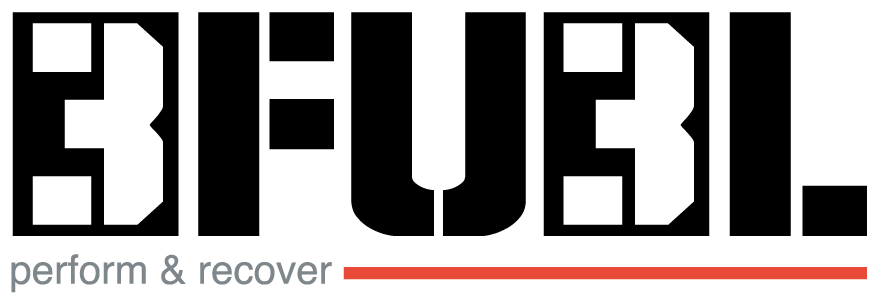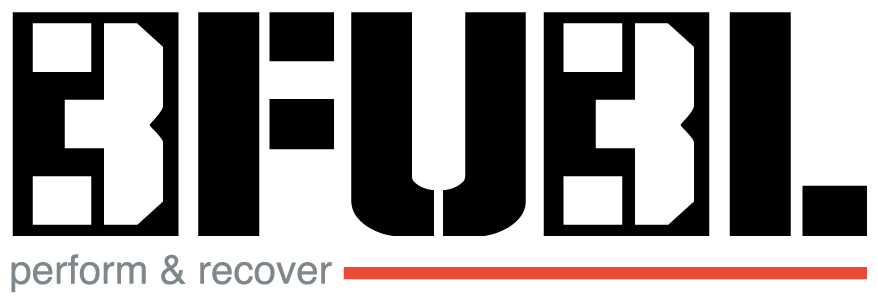Microwave removes bacteria, leaves milk protein intact (*study)
Believe it or not, they have raw milk vending machines in Italy. And a recent study says that the milk purchased from these machines should still be boiled, because after conditions simulating 72 hours of handling, the level of microbiological contamination is still at or above the upper limit allowable by law. Remember, this isn’t raw milk straight from the farm to your ‘fridge, it’s raw milk that’s sitting in a vending machine for a few days.
The scientists who performed this study recommend boiling to remove potential pathogens – which they say reduces the amount of whey protein found in the milk. We say if you want whey protein, just buy whey protein. but perhaps even more interesting is the fact that the scientists also microwaved the milk (900 watts for 75 seconds), and while it produced microbiological decontamination similar to boiling, it left the whey protein content intact. We’re not huge fans of microwaves here at 3Fu3l, but we’re open to the idea that maybe they are useful in certain instances (like this one).
J Dairy Sci. 2014 Apr 3. pii: S0022-0302(14)00246-X. doi: 10.3168/jds.2013-7744. [Epub ahead of print] Raw milk from vending machines: Effects of boiling, microwave treatment, and refrigeration on microbiological quality.
Tremonte P1, Tipaldi L1, Succi M1, Pannella G2, Falasca L1, Capilongo V1, Coppola R1, Sorrentino E3.
Author information
Abstract
In Italy, the sale of raw milk from vending machines has been allowed since 2004. Boiling treatment before its use is mandatory for the consumer, because the raw milk could be an important source of foodborne pathogens. This study fits into this context with the aim to evaluate the microbiological quality of 30 raw milk samples periodically collected (March 2013 to July 2013) from 3 vending machines located in Molise, a region of southern Italy. Milk samples were stored for 72 h at 4°C and then subjected to different treatments, such as boiling and microwaving, to simulate domestic handling. The results show that all the raw milk samples examined immediately after their collection were affected by high microbial loads, with values very close to or even greater than those acceptable by Italian law. The microbial populations increased during refrigeration, reaching after 72 h values of about 8.0 log cfu/mL for Pseudomonas spp., 6.5 log cfu/mL for yeasts, and up to 4.0 log cfu/mL for Enterobacteriaceae. Boiling treatment, applied after 72 h to refrigerated milk samples, caused complete decontamination, but negatively affected the nutritional quality of the milk, as demonstrated by a drastic reduction of whey proteins. The microwave treatment at 900 W for 75 s produced microbiological decontamination similar to that of boiling, preserving the content in whey proteins of milk. The microbiological characteristics of raw milk observed in this study fully justify the obligation to boil the raw milk from vending machines before consumption. However, this study also showed that domestic boiling causes a drastic reduction in the nutritional value of milk. Microwave treatment could represent a good alternative to boiling, on the condition that the process variables are standardized for safe domestic application.


